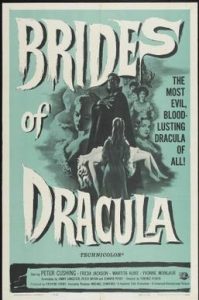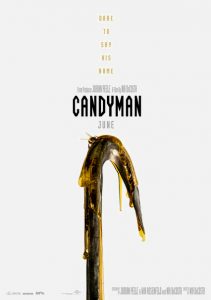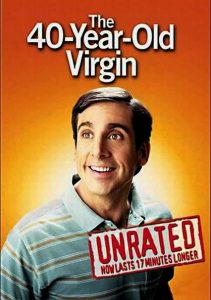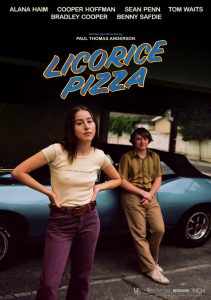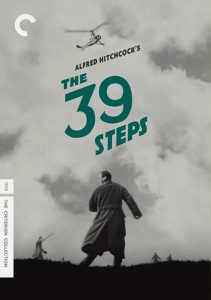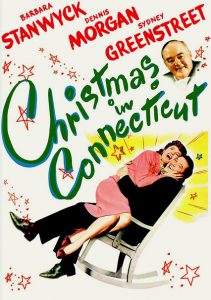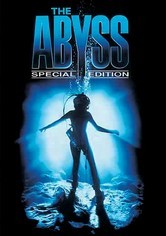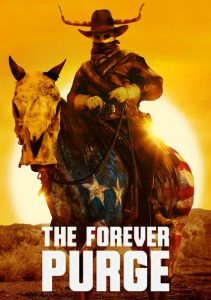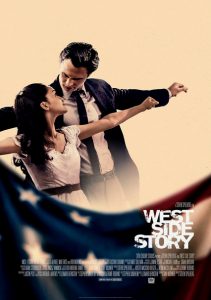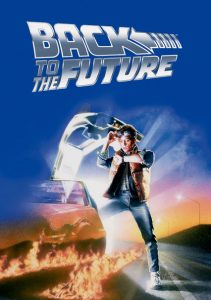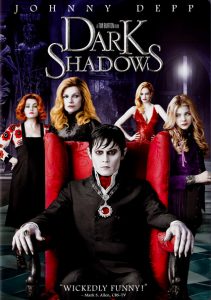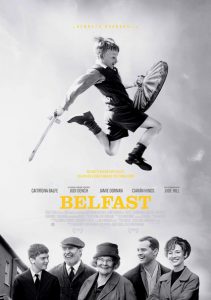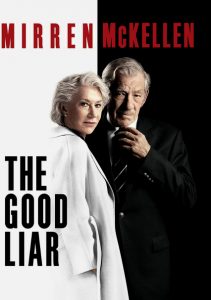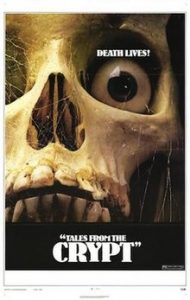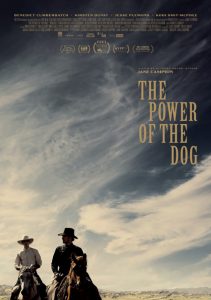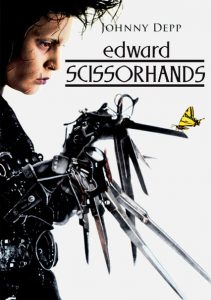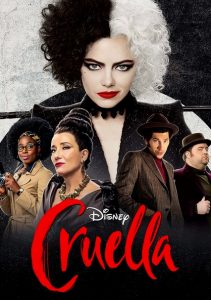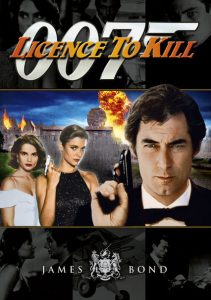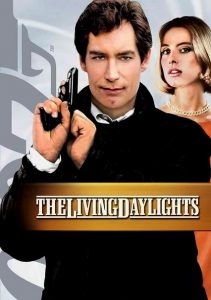The Brides of Dracula-1960
Director Terence Fisher
Starring Peter Cushing, Yvonne Monlaur
Scott’s Review #1,218
Reviewed January 9, 2022
Grade: B+
It’s always impressive to me what Hammer Film Productions do with such a limited budget, mainly from a set and art direction perspective. With small funds, they can create gloomy yet beautiful set structures that are highly creative and appear lavish.
To the savvy viewer, this tidbit can make each film a treasure trove of enjoyment if only to look beyond the central activity and notice the style.
The Brides of Dracula (1960) is no exception.
The film is a sequel to the 1958 film Dracula (also known as Horror of Dracula), though the character of Count Dracula does not appear and is instead mentioned only twice. Fans of these films know that Christopher Lee portrays Dracula. Instead, the vicious vampire at the film’s center is Baron Meinster, a disciple of Dracula, played by David Peel.
The villain even bites his mother, played by Martita Hunt, making her undead and terrifying to the residents of a Spanish village.
Van Helsing (Peter Cushing) is the hero and must drive a stake through the heart of the vampire baron before he deviously makes innocent Marianne (Yvonne Monlaur) his bride.
Cushing is a familiar figure in Hammer horror film lore. He leads the charge as the film’s hero. I love the character because he is heroic and unflinching, always calm, cool, and collected in the face of sheer horror.
The sets are gothic and brilliant, especially the gloomy castle owned by the Baroness and her son. When she invites Marianne to spend the night, a threatening servant named Greta treats her to a stylish room and a ravishing dinner.
The exteriors are as good as the interiors and portray the village within Transylvania as cozy and homespun. Outside, the prominent inn run by the locals is inviting as much as it feels forbidden and haunted.
When Marianne is abandoned in the village by her terrified coach driver, we know that secrets or living creatures are waiting to be unearthed.
These atmospheric additions will compel audiences to tune in and enjoy the horrific moments.
Speaking of horror, The Brides of Dracula feels enough like camp and not scary, and comic elements exist throughout. No better example of this is the bumbling and boozy Doctor Tobler, played by character actor Miles Malleson.
While many moments are over the top, especially when a vampire character bares their fangs in the best hammy way, the film never feels foolish or amateurish.
A considerable misstep is naming the film The Brides of Dracula when no Dracula is ever found. I incorrectly assumed the Baron was Dracula until after the final credits rolled. This is a sneaky way to capitalize on the name recognition of Dracula.
There are too many fun moments in the film to harbor much resentment. Of the brides, my favorite is Gina, played by Andree Melly, who looks the most frightening.
The Brides of Dracula (1960) is an entertaining and pleasing chapter in the Hammer horror catalog. The expected elements include a crucifix and a healthy dose of holy water.
